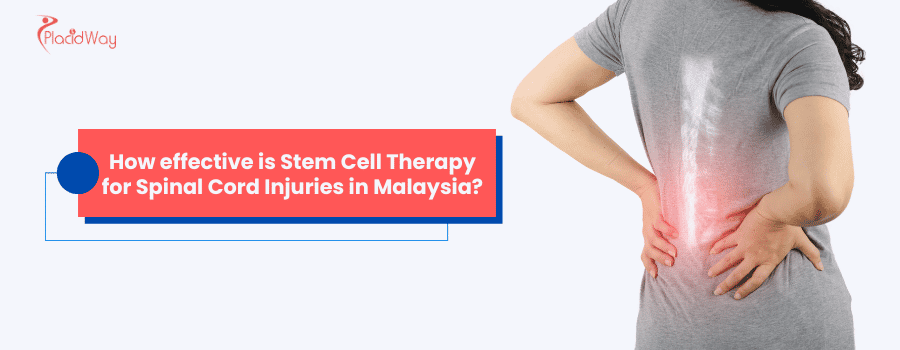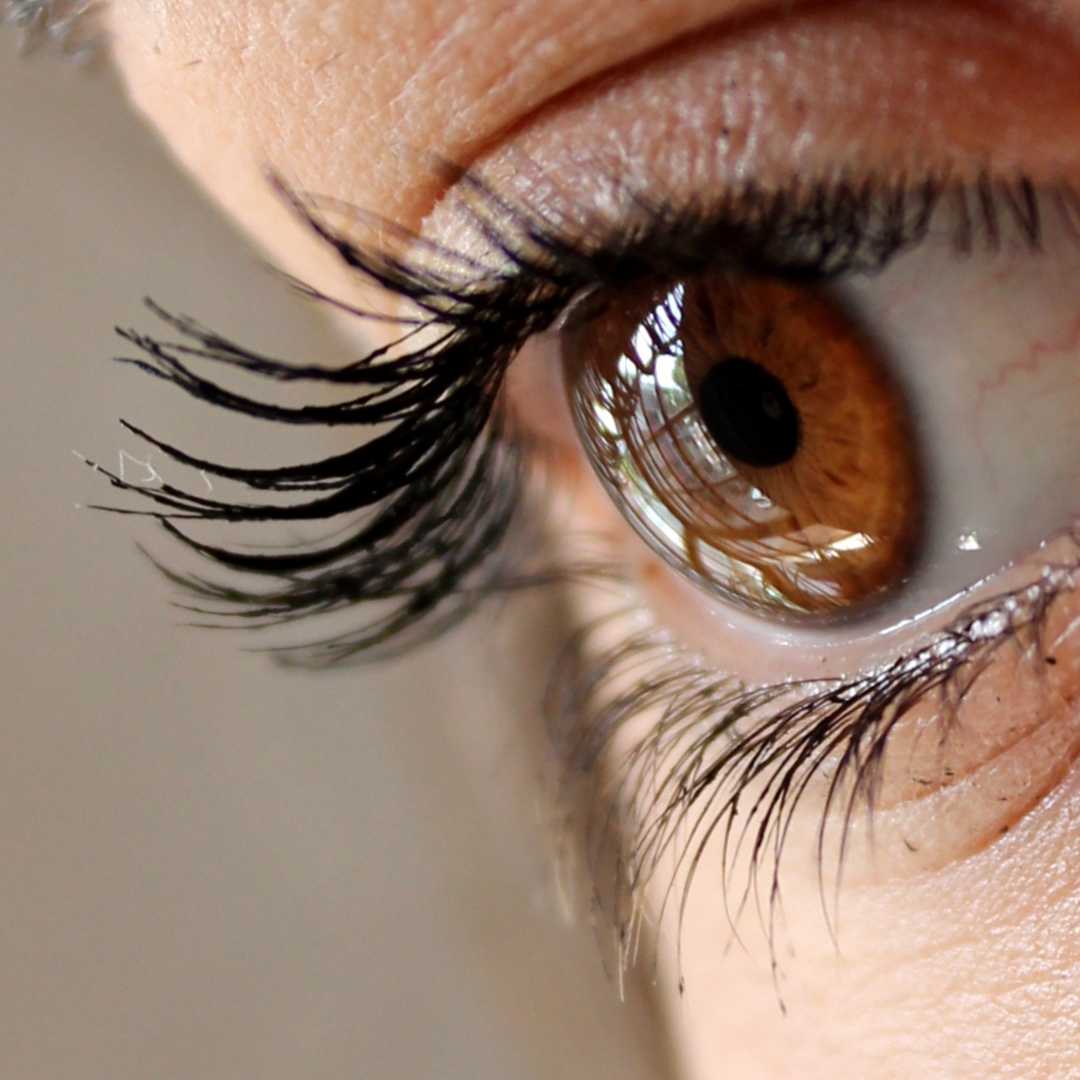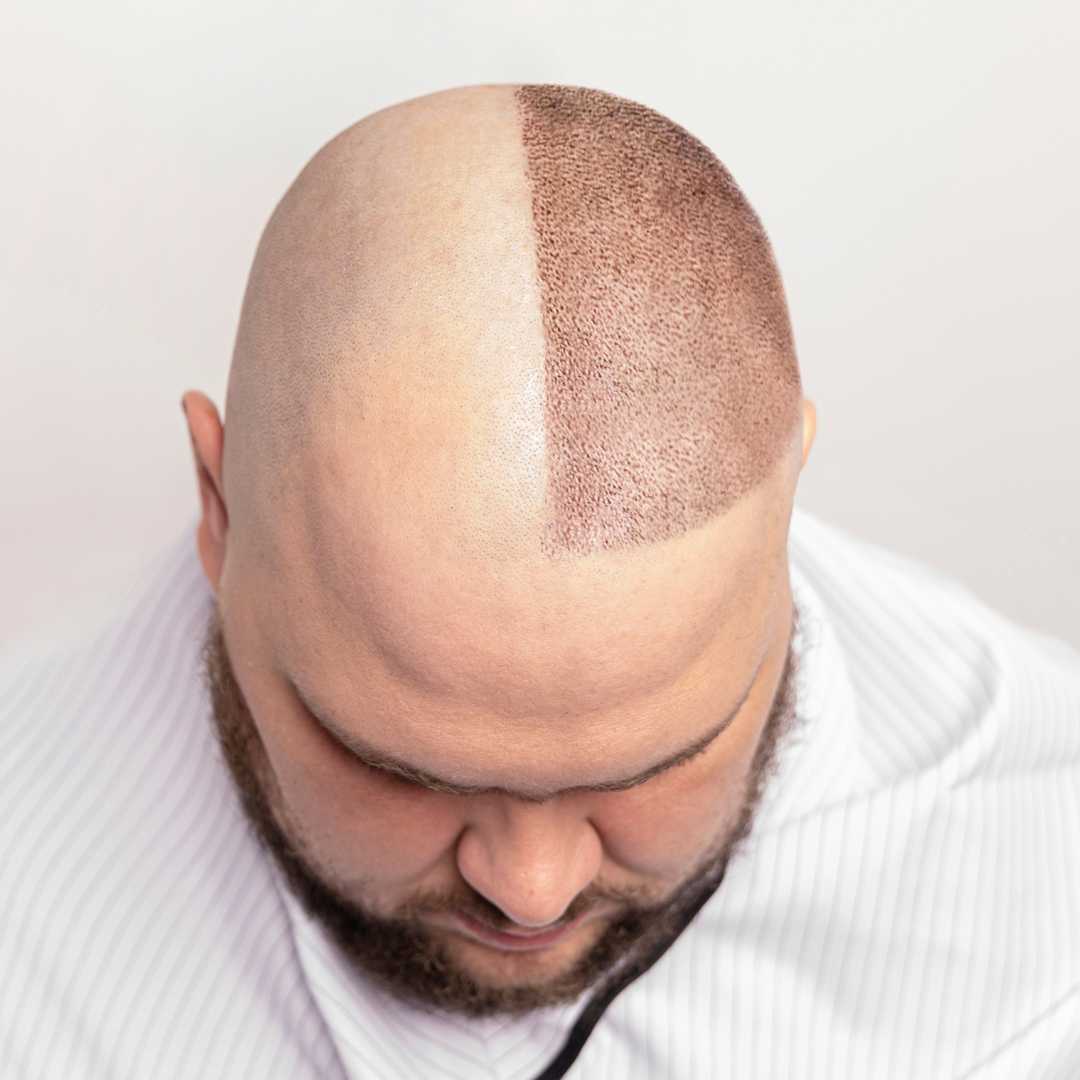Explore the Effectiveness of Stem Cell Treatment for Spinal Cord Injuries in Malaysia
"Stem cell therapy in Malaysia for spinal cord injuries shows promising potential, with ongoing research and specialized clinics offering treatments aimed at improving neurological function and quality of life."

Spinal cord injuries (SCI) are devastating, often leading to significant long-term disability, including paralysis and loss of sensation. Traditional treatments, while crucial for stabilization and rehabilitation, have limitations in restoring lost neurological function. This is where stem cell therapy emerges as a beacon of hope. Malaysia has become a notable destination for stem cell treatments, particularly for spinal cord injuries, due to its advanced healthcare infrastructure, dedicated research, and competitive pricing.
This blog post aims to provide a detailed overview of the effectiveness of stem cell therapy for spinal cord injuries in Malaysia, addressing common questions and shedding light on what patients can expect from this innovative treatment.
What is Stem Cell Therapy for Spinal Cord Injuries?
"Stem cell therapy for spinal cord injuries involves introducing specialized cells into the damaged area to promote repair, reduce inflammation, and potentially regenerate nerve tissue, aiming to restore function."
Stem cell therapy leverages the unique properties of stem cells—their ability to self-renew and differentiate into various cell types—to repair damaged tissue in the spinal cord. In the context of spinal cord injuries, these cells are believed to reduce inflammation, protect existing nerve cells, and potentially form new connections, leading to improved motor and sensory function. The goal is to create a more hospitable environment for natural healing and to actively contribute to the regeneration of damaged neural pathways. This innovative approach offers a new avenue for patients seeking to regain independence and improve their quality of life.
How do Stem Cells Help in Spinal Cord Injury Recovery?
"Stem cells aid spinal cord injury recovery by promoting neural tissue regeneration, reducing scar tissue formation, modulating immune responses to decrease inflammation, and secreting growth factors that support neuronal survival and function."
When a spinal cord injury occurs, it often results in immediate damage followed by a cascade of secondary injuries, including inflammation, cell death, and the formation of scar tissue that inhibits nerve regeneration. Stem cells, particularly mesenchymal stem cells (MSCs) derived from bone marrow, adipose tissue, or umbilical cord, are capable of intervening in these processes. They can differentiate into nerve-like cells, directly replacing lost neurons or supporting existing ones. Furthermore, their immunomodulatory properties help to control the inflammatory response, preventing further damage and creating a more favorable environment for repair. The release of trophic factors by stem cells also nourishes existing cells and encourages the growth of new blood vessels, essential for tissue repair and survival.
Is Stem Cell Therapy for Spinal Cord Injuries in Malaysia Clinically Proven?
"While still largely considered experimental and undergoing clinical trials globally, stem cell therapy for spinal cord injuries in Malaysia is being offered by specialized clinics based on promising preclinical results and early-phase human studies."
It's important to distinguish between "clinically proven" and "showing promise in clinical trials." For many medical conditions, including spinal cord injuries, stem cell therapy is not yet a standard, approved treatment with widespread long-term efficacy data comparable to established therapies. However, significant research and numerous clinical trials are ongoing worldwide, including in Malaysia, demonstrating safety and potential benefits. Malaysian clinics offering stem cell therapy typically rely on mesenchymal stem cells (MSCs) due to their accessibility and lower ethical concerns compared to embryonic stem cells. These clinics often participate in or follow the outcomes of international studies, providing treatment under specific protocols. Patients considering this therapy should have realistic expectations and understand that outcomes can vary, and long-term data is still being accumulated.
What Types of Stem Cells are Used for Spinal Cord Injuries in Malaysia?
"The primary types of stem cells used for spinal cord injuries in Malaysia are Mesenchymal Stem Cells (MSCs), typically sourced from the patient's own bone marrow or adipose (fat) tissue (autologous), or from umbilical cord blood (allogeneic)."
Mesenchymal Stem Cells (MSCs) are favored due to their multi-potent differentiation capabilities, immunomodulatory properties, and relative ease of collection.
- Autologous MSCs: These are derived from the patient's own body, often from bone marrow or fat. Using autologous cells minimizes the risk of immune rejection, making them a safe option. The process involves a minor surgical procedure to harvest the cells, which are then processed and expanded in a laboratory before being re-injected.
- Allogeneic MSCs: These are sourced from a healthy donor, frequently from umbilical cord blood, which is rich in young and potent MSCs. Allogeneic cells offer an "off-the-shelf" solution and can sometimes be more potent due to their younger age. Rigorous screening of donors is essential to ensure safety and compatibility.
Some clinics may also explore other types, such as neural stem cells or induced pluripotent stem cells (iPSCs), but MSCs remain the most commonly utilized due to established protocols and safety profiles.
What is the Treatment Process for Stem Cell Therapy for Spinal Cord Injuries in Malaysia?
"The stem cell therapy process for spinal cord injuries in Malaysia generally involves an initial consultation and evaluation, stem cell harvesting (if autologous), laboratory processing and expansion, and finally, the administration of stem cells into the patient."
The treatment journey typically begins with a thorough medical evaluation, including a review of medical history, physical examination, and diagnostic imaging (such as MRI scans) to assess the severity and nature of the spinal cord injury. This helps determine patient suitability and personalize the treatment plan.
- Consultation and Evaluation: The medical team will discuss the patient's condition, goals, and potential outcomes.
- Stem Cell Harvesting: If autologous MSCs are used, cells are harvested from the patient, usually from bone marrow (via a bone marrow aspirate) or adipose tissue (via liposuction). This is a minor procedure performed under local anesthesia.
- Laboratory Processing and Expansion: The harvested cells are then sent to a specialized laboratory where they are isolated, purified, and cultured to significantly increase their numbers. This process can take several weeks.
- Stem Cell Administration: Once a sufficient quantity of potent stem cells is ready, they are administered to the patient. This can be done via various routes, including:
- Intrathecal Injection: Directly into the cerebrospinal fluid surrounding the spinal cord.
- Intravenous Infusion: Administered through a vein, allowing the cells to travel throughout the body.
- Direct Injection: Directly into the site of injury, if surgically feasible.
- Post-Treatment Care and Rehabilitation: After the stem cell injection, patients typically undergo a period of observation. This is often followed by a comprehensive rehabilitation program, including physiotherapy and occupational therapy, to maximize potential functional improvements. Follow-up appointments are scheduled to monitor progress.
What are the Potential Benefits of Stem Cell Therapy for Spinal Cord Injuries?
"Potential benefits of stem cell therapy for spinal cord injuries may include improved sensory function, increased motor strength, better bladder and bowel control, reduced neuropathic pain, and enhanced overall quality of life."
Patients often seek stem cell therapy with the hope of regaining lost function. While individual results vary, reported benefits in various studies and clinical observations include:
- Improved Sensory Function: Patients may experience a return of sensation or a reduction in numbness.
- Increased Motor Strength and Mobility: Some patients report improvements in muscle strength, leading to better control of limbs and increased mobility.
- Enhanced Bladder and Bowel Control: This is a significant improvement for many, greatly impacting daily life and independence.
- Reduced Spasticity and Neuropathic Pain: Stem cells may help modulate pain pathways and reduce muscle stiffness often associated with spinal cord injuries.
- Better Quality of Life: Even modest improvements in function can lead to a substantial increase in independence and overall well-being.
It's crucial to understand that stem cell therapy is not a guaranteed cure, and the extent of improvement depends on various factors, including the severity and chronicity of the injury, the type and number of cells administered, and the patient's adherence to rehabilitation.
What are the Risks and Side Effects of Stem Cell Therapy for Spinal Cord Injuries?
"The risks of stem cell therapy for spinal cord injuries are generally low, especially with autologous cells, but can include infection at the injection site, transient pain, headache, or, rarely, unintended cell growth (though highly unlikely with MSCs)."
As with any medical procedure, there are potential risks, though stem cell therapy using MSCs is generally considered safe.
- Infection: A minimal risk associated with any injection or harvesting procedure.
- Pain or Discomfort: Temporary pain or bruising at the site of cell harvesting or injection.
- Headache: Particularly after intrathecal injections, this can occur but is usually manageable.
- Immune Reaction: While rare with autologous cells, a mild immune response can occur with allogeneic cells, though MSCs are known for their immunomodulatory properties, which reduces this risk.
- Tumor Formation: This is a theoretical concern, particularly with certain types of pluripotent stem cells, but it has not been a significant issue in clinical trials using adult MSCs for spinal cord injuries.
- Lack of Efficacy: The primary "risk" for patients is that the treatment may not yield the desired or expected improvements.
Reputable clinics in Malaysia adhere to strict safety protocols, including sterile techniques during harvesting and administration, and thorough screening of allogeneic donors, to minimize these risks.
How Much Does Stem Cell Therapy for Spinal Cord Injuries Cost in Malaysia?
"The cost of stem cell therapy for spinal cord injuries in Malaysia typically ranges from RM 30,000 to RM 80,000 (approximately $6,500 to $17,000 USD) per treatment cycle, depending on the clinic, the type and number of cells used, and the extent of the patient's injury."
Malaysia offers more affordable stem cell treatment options compared to many Western countries, making it an attractive destination for medical tourism. However, the cost can vary significantly based on several factors:
- Clinic Reputation and Facilities: Highly specialized clinics with advanced equipment and extensive experience may have higher fees.
- Type of Stem Cells: Allogeneic (donor) cells might be priced differently from autologous (patient's own) cells, as the latter requires a harvesting procedure.
- Number of Cells and Doses: The severity of the injury and the treatment protocol may necessitate multiple infusions or a higher concentration of cells, impacting the overall cost.
- Included Services: Some packages may include pre-treatment evaluations, post-treatment rehabilitation, and follow-up consultations, while others may not.
- Duration of Treatment: Some therapies involve multiple sessions over a period, increasing the total expense.
Patients are advised to request a detailed breakdown of costs from the clinic to understand what is included in the quoted price.
What is the Recovery Time After Stem Cell Therapy for Spinal Cord Injuries?
"The recovery time after stem cell therapy for spinal cord injuries can vary significantly, with immediate post-injection recovery typically taking a few days, while functional improvements may be observed gradually over several months to a year, requiring ongoing rehabilitation."
The initial recovery immediately following the stem cell injection is usually short, with patients often able to resume light activities within a day or two. However, the biological processes of cell integration, regeneration, and tissue repair take time. Patients should not expect immediate dramatic improvements.
- Short-term (Days to Weeks): Patients might experience some mild discomfort or soreness at the injection sites. Most clinics recommend a period of rest and monitoring.
- Medium-term (Weeks to Months): This is when subtle improvements might begin to manifest. It's crucial to continue with dedicated physical and occupational therapy during this period, as it plays a vital role in maximizing the benefits of the stem cell treatment.
- Long-term (Months to a Year or More): Significant functional gains, if any, often become apparent over a longer period. Continued rehabilitation is key to solidifying these improvements and adapting to new capabilities.
The duration and intensity of the rehabilitation program are often as critical as the stem cell injection itself in facilitating recovery and optimizing patient outcomes.
What are the Eligibility Criteria for Stem Cell Therapy for Spinal Cord Injuries in Malaysia?
"Eligibility for stem cell therapy for spinal cord injuries in Malaysia is determined by a comprehensive medical evaluation, considering factors such as the type and severity of the injury, the patient's overall health, and the absence of contraindications like active infections or certain malignancies."
Not all patients with spinal cord injuries are candidates for stem cell therapy. Stem Cell Clinics in Malaysia typically have specific criteria to ensure patient safety and optimize potential outcomes. Common eligibility factors include:
- Diagnosis of Spinal Cord Injury: A confirmed diagnosis of SCI, often categorized by the American Spinal Injury Association (ASIA) Impairment Scale.
- Stability of Condition: The patient's overall medical condition should be stable, without acute medical emergencies.
- Absence of Active Infections: Any ongoing infections must be resolved before treatment.
- No Active Malignancies: Patients with active cancer or a history of certain cancers may be excluded due to theoretical concerns about stem cell proliferation.
- Age and Overall Health: While there isn't a strict age limit, patients generally need to be in good enough health to undergo the procedures and subsequent rehabilitation.
- Realistic Expectations: Patients and their families must have a clear understanding of the experimental nature of the treatment and realistic expectations regarding potential outcomes.
Each patient's case is evaluated individually by a team of specialists to determine suitability for the therapy.
How to Choose a Reputable Clinic for Stem Cell Therapy in Malaysia?
"To choose a reputable clinic for stem cell therapy in Malaysia, consider clinics with clear regulatory approvals, experienced medical teams, transparent treatment protocols, state-of-the-art facilities, and positive patient testimonials with realistic outcome descriptions."
Selecting the right clinic is paramount for safety and potential efficacy. When evaluating clinics offering stem cell therapy for spinal cord injuries in Malaysia, look for the following:
- Accreditation and Regulatory Compliance: Ensure the clinic operates under the regulations and guidelines of the Malaysian Ministry of Health and any relevant international accreditations.
- Experienced Medical Team: Look for clinics with neurosurgeons, neurologists, and regenerative medicine specialists who have specific expertise in spinal cord injuries and stem cell applications.
- Transparency in Protocols: A reputable clinic will be transparent about their stem cell sources, processing methods, administration techniques, and scientific rationale behind their treatments.
- State-of-the-Art Facilities: The clinic should have modern diagnostic tools, sterile operating environments, and well-equipped laboratories for cell processing.
- Patient Support and Follow-up: A good clinic provides comprehensive patient support, including pre-treatment counseling, post-treatment care, and clear follow-up plans.
- Realistic Expectations: Be wary of clinics that promise miraculous cures or offer treatments without a thorough diagnostic process.
- Patient Testimonials and Case Studies: While anecdotal, genuine patient stories can offer insights into the clinic's approach and outcomes, but always prioritize professional medical advice.
Thorough research, asking detailed questions, and seeking multiple opinions are crucial steps in making an informed decision.
What Rehabilitation is Needed After Stem Cell Therapy for Spinal Cord Injuries?
"Rehabilitation after stem cell therapy for spinal cord injuries is crucial and typically involves a multidisciplinary approach, including physical therapy, occupational therapy, and potentially other specialized therapies, to maximize functional recovery and integration of any neurological improvements."
Stem cell therapy is not a standalone cure; it acts as a catalyst for potential regeneration and repair. The integration of any new neural connections or tissue repair facilitated by stem cells requires intensive and targeted rehabilitation.
- Physical Therapy (PT): Focuses on improving strength, mobility, balance, and gait. Therapists guide patients through exercises to retrain muscles and improve motor control.
- Occupational Therapy (OT): Aims to enhance daily living skills, such as dressing, eating, and personal hygiene, often using adaptive equipment and strategies.
- Speech Therapy (if needed): For patients with speech or swallowing difficulties.
- Hydrotherapy: Water-based exercises can provide buoyancy and reduce stress on joints, aiding in movement and strengthening.
- Neurorehabilitation: Specialized programs designed to retrain the brain and spinal cord, often incorporating robotic assistance, electrical stimulation, and other advanced techniques.
- Psychological Support: Coping with a spinal cord injury and the journey of recovery can be emotionally challenging. Psychological counseling and support groups are often beneficial.
The intensity and duration of rehabilitation are highly individualized and depend on the patient's specific needs and the extent of their neurological improvements. This comprehensive approach is essential for translating the potential biological effects of stem cell therapy into meaningful functional gains.
Explore PlacidWay for solutions related to medical tourism, healthcare services, or other relevant offerings.


.png)




.jpg)









Share this listing